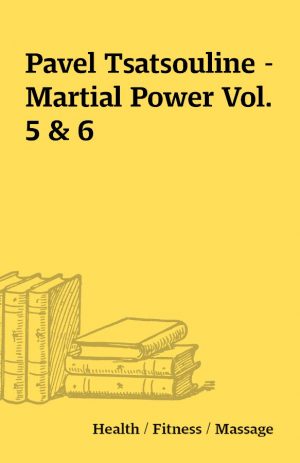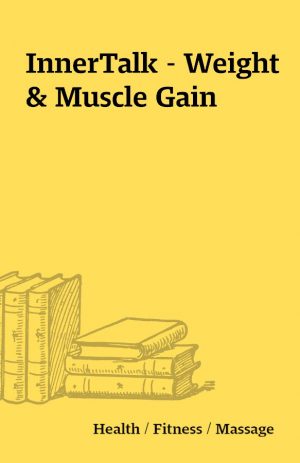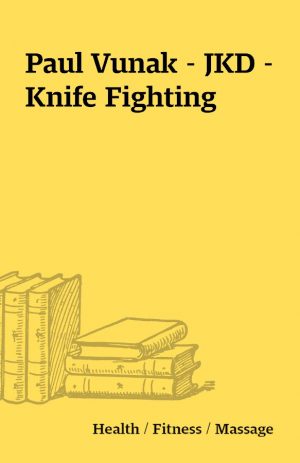Dr. Elaine Ingham’s Life In The Soil Class – Webinars
Life in the soil – Webinars
[WebRip – 22 MP4]
Description
Cerified Soil Consultant Training with microbiologist pioneer Dr. Inghram Group BuyGB status – ClosedGB thread – []Here[/url]Sharing elsewhere will result in being banned [img]http://imgur.com/gMQpKVY[/img]Dr. Elaine Ingham’s Life In The Soil ClassDr. Elaine Ingham is recognized around the world as the leader in soil microbiology and research of the soil foodweb. She is an energetic, easy-to-understand speaker who explains what life in the soil is all about. With decades of experience as a professor, researcher, and soil benefactor consulting in the field she has helped thousands of homeowners, growers, and influential companies understand healthy soil via healthy organisms. Elaine transmits sophisticated information in a down-to-earth way. Her mission is to show that the key to making any plant thrive, from the turf on golf courses to vegetables in the garden is to team up with suitable soil microbes. Elaine has astounding results to show for it. Dr. Ingham conntects the loop from chemical, biological, to available plant nutrients. her easy and enthusiastic style brings the soil foodweb to life.[center][img]http://imgur.com/XgxdG3B[/img]Life In The Soil ClassHealthy soil has all the interconnected elements of a “web”, retaining and cycling nutrients into the right forms at the right rates for each individual while building soil structure, suppressing disease-causing organisms, protecting plant surfaces, producing plant-growth-promoting hormones and chemicals, and decomposing toxic compounds. In this class you’ll look at the elements of a healthy soil foodweb.Dr. Elaine Ingham uncovers the basic principles of the Soil Foodweb, plant relationships, and bacteria to fungi ratios in these 18 class sessions. Not only will you gain a fundamental understanding of the way soil biology drives plant nutrition, you will learn how modern agriculture selects for disease and pests. A must for anyone wanting a complete understanding of soil health and healthy plants.These are the Webinars of the “Life in the Soil” Class1Life in the Soil – Session 1 (Overview of Organisms in Soil)Life in the Soil – Session 2 (Appearance of Microorganisms in Soil)Of course, we want to learn about those conditions that will allow you to select for the organisms that are going to help your plant, going to enable you to not have to use pesticides or inorganic fertilizers; where you are not going to have to be dealing with weeds, insects, pest, diseases; where normal nutrient cycling will be reestablished in your soil; where soil structure will be built, so the root systems can go as deep as they possibly can. So you won’t need to irrigate. You won’t need additional moisture added into your soil. Natural rainfall should allow for all of these organisms to flourish and benefit your plants. 2Life in the Soil – Session 3 (The Morphology of Predator Organisms)Life in the Soil – Session 4 (A Healthy Food Web)We are going to be answering questions about the morphology of predator organisms, the things that eat bacteria and fungi. It’s really quite easy to identify these different organisms. Their morphology is so unique. It’s hard to confuse them with other organisms present in the soil. What we’re understanding here is that a healthy food web will perform these functions for you. We suppress the diseases. It’s not a toxic chemical interaction. We’re talking about taking up the space, using up the food, suppression in the more positive sense of the world. We want to make the habitat, the conditions, such that they will support the beneficials and not support the detrimentals.3Life in the Soil – Session 5 (Assessing Soil)Life in the Soil – Session 6 (Soil Profile and Horizons)We are going to be answering questions about what organisms are in the soil. What are your problems? What do you have to fix? This is kind of the soil detective school that we’re now going to go into. How do you determine what’s wrong here? What’s wrong there? What’s wrong with this? Why do we have dead, dying? You have to sample from all these parts of the system. We are going to be answering questions about ecological monograph.4Life in the Soil – Session 7 (Mineral, Organic Matter, and Organism Interaction)Life in the Soil – Session 8 (How Microorganisms Affect Soil Chemistry)We’re going to talk, during this class, about how minerals, organic matter and organisms interact. I want to do a little bit of comparison, a little bit of summary work about the difference between soil and dirt. We’re going to get a little bit more detailed about the mechanisms of how microorganisms in the soil are going to affect soil chemistry. Hopefully, you’ll come to understand that, indeed, it is soil biology that controls soil chemistry and not the other way around, as many people have thought over the last 100 years. Biology just was a consequence of other things happening, when, in fact, it’s really organisms in the soil. Of course, the plant is part of those organisms. 5Life in the Soil – Session 9 (Castle Walls That Plants Build)Life in the Soil – Session 10 (The Green Revolution)We’re going to be talking about coverage on plant surfaces, all over the plant roots, as well as above ground, the castle walls that plant builds in order to protect itself. Talk about some of the consequences of this castle wall, looking at chemistry in the soil, pH, leaching, and nutrient retention. we’re going to be going on a little bit of a divergent track, just to tie together what we have been doing in modern agriculture with respect to biology in the Soil and the fact that, because we didn’t understand that there were organisms in the Soil and that they were important, there has been a lot of misleading information that’s been put out about what’s going on in actual Soil. Let’s cover a little bit of the tillage, the toxic chemicals, the fertilizer effects of the Green Revolution.6Life in the Soil – Session 11 (Nutrient Cycling and Nitrogen Cycle)Life in the Soil – Session 12 (Soil Depth)Today we’re going to finish up Nutrient Cycling and then go into the whole Nitrogen Cycle, we will put all the bits and pieces together if you will. We will finish up the predator-prey interaction part of Nutrient Cycling. We’ve been through all the other things on the list of benefits that the organisms do for your plants. We’ll want to finish up on the lesson of nutrient availability. Why is it that the USDA used to define soil as only going down four to six inches? Then, it wasn’t soil because if you took soil from deeper than that, put it in a pot and tried to grow a plant in there, it would kill the plant. Your plant would die because it was completely and totally anaerobic.7Life in the Soil – Session 13 (Condiitons In All Ecosystems)Life in the Soil – Session 14 (Aerobic and Anaerobic ConditionsSo why isn’t everything on this planet an old-growth forest? If we think about Mother Nature drives succession by ever increasing the fungal food component of the plants as we go through succession, why doesn’t everything become an old-growth forest and just stay old-growth forest because that’s what the food—that’s what the conditions are in all of these ecosystems. We were talking about what happens as we go from aerobic into anaerobic conditions and discussing how the aerobic organisms start to go to sleep. They go dormant. They form spores. Dormant stages as oxygen starts to drop below that point at which their enzymes will work and, therefore, the anaerobic organisms now have the advantage and so the anaerobic organisms will wake up. 8Life in the Soil – Session 15 (Practical Examples Of Different Kinds of Systems)Life in the Soil – Session 16 (Biology Working In Real World Situations)to give you examples of different kinds of systems going from small scale to large scale or large to small in different parts of the world, different climates, different habitats. Help you to understand this process of putting the biology back into the soil and what are your options when we’re trying to understand this and trying to get rid of weeds and trying to reduce our water inputs into these systems, understanding plant succession; so all of the factors that we’ve been talking about, from a mechanism or a theoretical point of view up to this point. Let’s go on into pasture systems. We’ve been looking at row crop and vines. Some of the large scale agricultural systems. But now let’s move onto pasture systems. Slightly different because these really are no till or as little disturbance of the soil as possible permanent pastures. 9Life in the Soil – Session 17 (More Real Life Examples of Practical Applications )Life in the Soil – Session 18 (How Much Organic Matter Is Too Much Organic Matter)If you’re getting engineered soil, no organic matter, no organisms, you’ve got to get the organic matter back in there. You’ve got to get the organisms in there. How are you going to do that? So how much organic matter is too much organic matter? Well, I like to grow my plants in 100 percent organic matter in pure compost. I get the best plant response in pure compost. 10Dr. Elaine Ingham answers questions about the material in the Life in the Soil Class Online Video Sessions.http://www.lifeinthesoilclasses.com NowVIP + 2016-8-01Power User + 8-14User 10 Years
You must be logged in to post a review.






Reviews
There are no reviews yet.